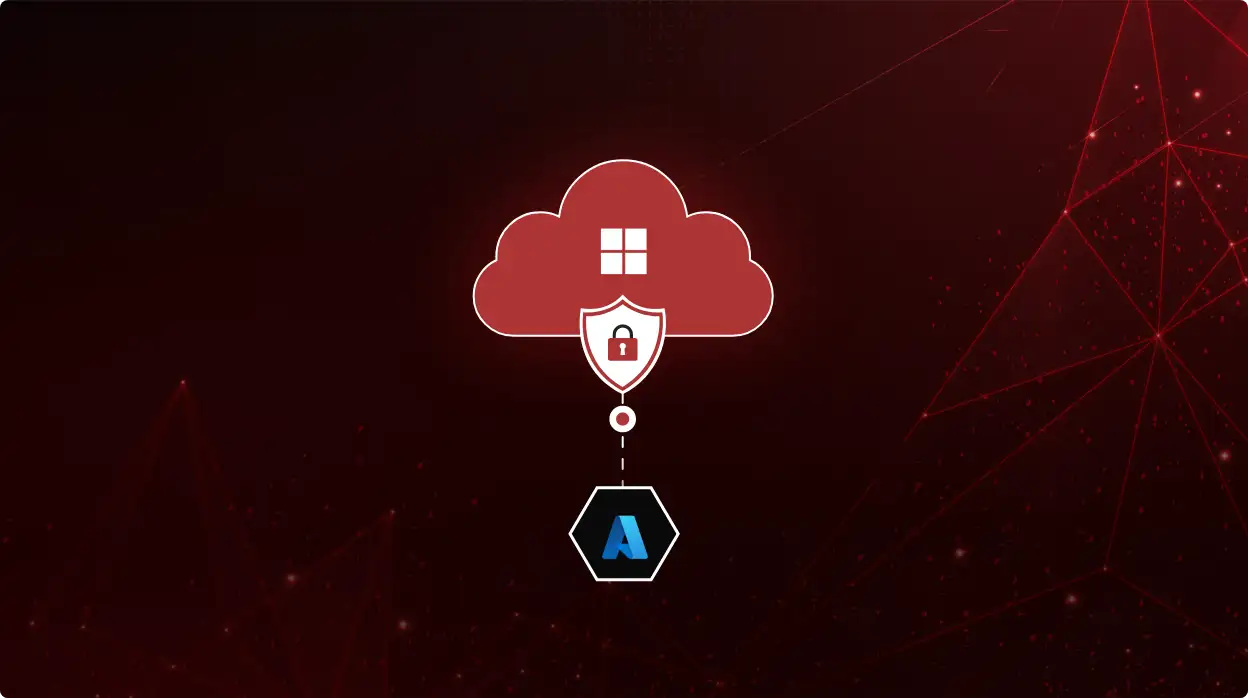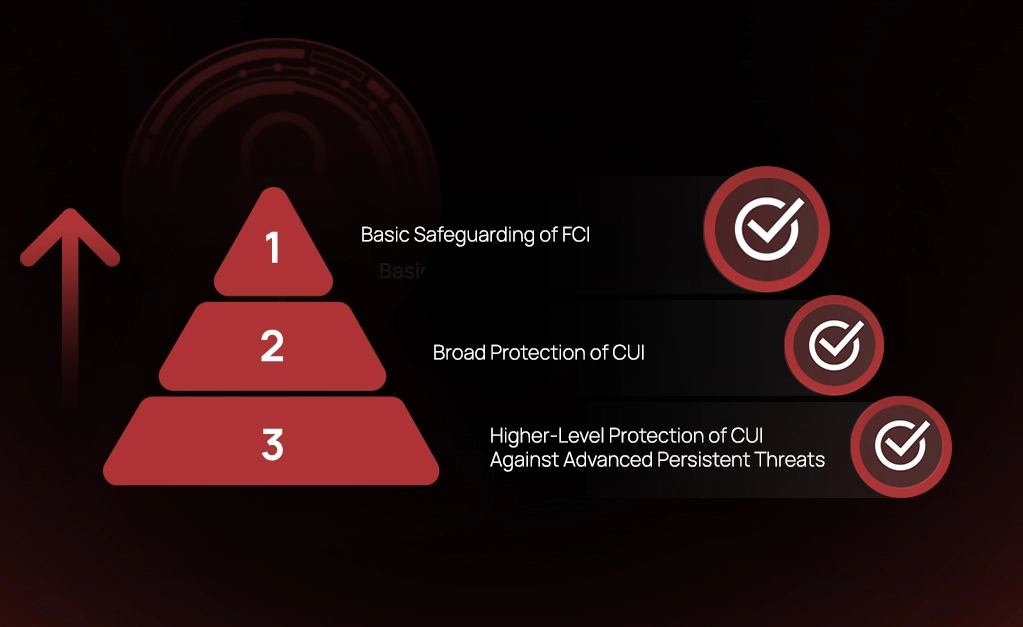Microsoft Strengthens Azure Cloud Security with Mandatory MFA

Microsoft has announced that multi-factor authentication (MFA) will soon be mandatory for all Azure sign-ins to bolster account security. The company indicated that this change aligns with its focus on improving digital security and supports its crucial and major $20 billion investment in security over the next five years. The main aim of requiring MFA is “to reduce the risk of unauthorized access by implementing and enforcing best-in-class standards across all identity and secrets infrastructure, as well as user and application authentication and authorization,” as stated by Microsoft.
The shared responsibility model in Azure cloud security
The announcement to enforce mandatory multi-factor authentication (MFA) for Azure sign-ins aligns closely with the shared responsibility model in cloud security. This model emphasizes the division of security responsibilities between the cloud service provider and the customer.
- Provider responsibilities: Microsoft, as the cloud service provider, is responsible for securing the underlying infrastructure, including the data centers, network, and the services it offers. By implementing MFA, Microsoft enhances its security measures to protect against unauthorized access, thereby fulfilling its obligation to maintain a secure environment.
- Customer responsibilities: Customers are responsible for managing their access controls and user authentication. By requiring MFA, Microsoft encourages customers to adopt stronger security practices, ensuring that they take an active role in safeguarding their accounts and data. This reinforces the idea that security is a shared responsibility, with both parties playing crucial roles.
- Risk reduction: The focus on MFA as a means to reduce the risk of unauthorized access highlights the collaborative effort needed to protect digital assets. While Microsoft provides the tools and infrastructure for security, customers must implement and use these tools effectively.
Why is Microsoft implementing mandatory MFA?
Microsoft suggested that to reduce the risk of unauthorized access, organizations must implement and enforce best-in-class standards across their identity and secrets infrastructure, as well as user and application authentication and authorization. Key actions include protecting identity infrastructure and signing platform keys through rapid and automatic rotation, utilizing hardware storage solutions like hardware security modules (HSM) and confidential computing. Additionally, organizations should strengthen identity standards by driving their adoption through the use of standardized SDKs across all applications, ensuring that 100% of user accounts are secured with phishing-resistant MFA.
Moreover, it is essential to safeguard all applications with system-managed credentials, such as Managed Identity and Managed Certificates, while also ensuring that all identity tokens are protected through stateful and durable validation. Adopting a more fine-grained approach to partitioning identity signing keys and platform keys is crucial. Finally, organizations must prepare their identity and public key infrastructure (PKI) systems for a future with post-quantum cryptography to stay ahead of emerging security threats.
What does mandatory MFA mean for Azure users?
Microsoft announced that it will implement the MFA requirement in two phases.
- Phase 1 (October 15th): Multi-factor authentication will be mandatory for accessing the Azure portal, Microsoft Entra admin center, and Intune admin center. This policy will then roll out to all tenants globally.
- Phase 2 (Early 2025): The MFA requirement will extend to sign-ins for Azure CLI, Azure PowerShell, Azure mobile app, and IaC tools.
The critical role of MFA in strengthening Identity and Access Management (IAM) and cloud security
MFA significantly enhances security within Identity and Access Management (IAM) by requiring users to provide multiple forms of verification before gaining access to accounts or systems. This layered approach adds an extra barrier, making it considerably more challenging for unauthorized users to gain access, even if they have obtained a password. With rising threats such as phishing and credential stuffing, MFA mitigates the risks associated with stolen credentials, ensuring that additional authentication factors help protect sensitive information.
Furthermore, MFA aids organizations in meeting compliance and regulatory standards that mandate strong authentication methods, reinforcing best practices for data protection. It also increases user accountability by tying access to specific devices or biometric data, making it easier to trace actions back to individual users. By securing access to sensitive information and applications, MFA helps maintain data integrity and confidentiality, ultimately fostering customer trust and enhancing the overall security posture of the organization.
How CheckRed can help enhance your Azure cloud security posture
CheckRed is dedicated to helping organizations improve their IAM and cloud security posture by providing comprehensive solutions that detect misconfigurations, unauthorized access, and vulnerabilities across your Azure environment. With CheckRed, you can:
- Strengthen IAM practices: Ensure your organization’s access controls and MFA policies are correctly implemented to prevent unauthorized access.
- Boost Azure cloud security: Protect against security threats by continuously monitoring your cloud environment for vulnerabilities.
Explore how CheckRed’s Cloud Security Posture Management (CSPM) solution for Azure can help you maintain a secure cloud environment: CheckRed’s CSPM for Azure.
Take action to secure your cloud environment
The mandatory implementation of MFA by Microsoft is a significant step toward enhancing Azure cloud security. By adopting MFA and reinforcing IAM practices, organizations can ensure a stronger security posture, reducing the risk of unauthorized access and data breaches.
Ready to strengthen your Azure cloud security and IAM practices? Get in touch with CheckRed to discover how we can support your organization in achieving a secure cloud environment.


